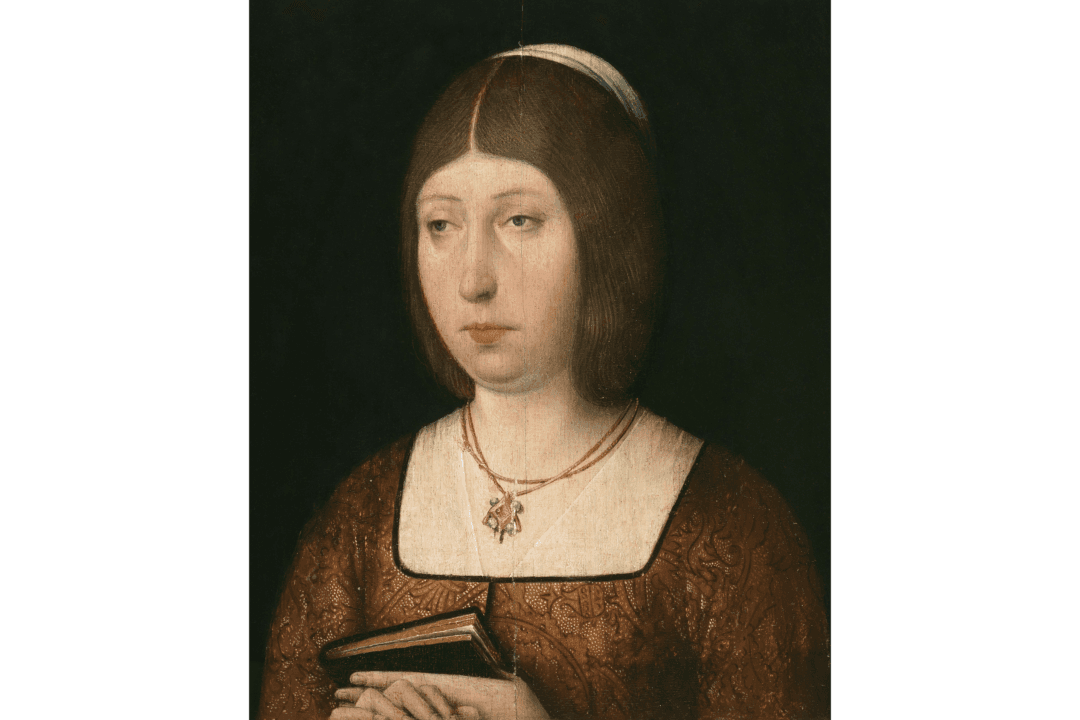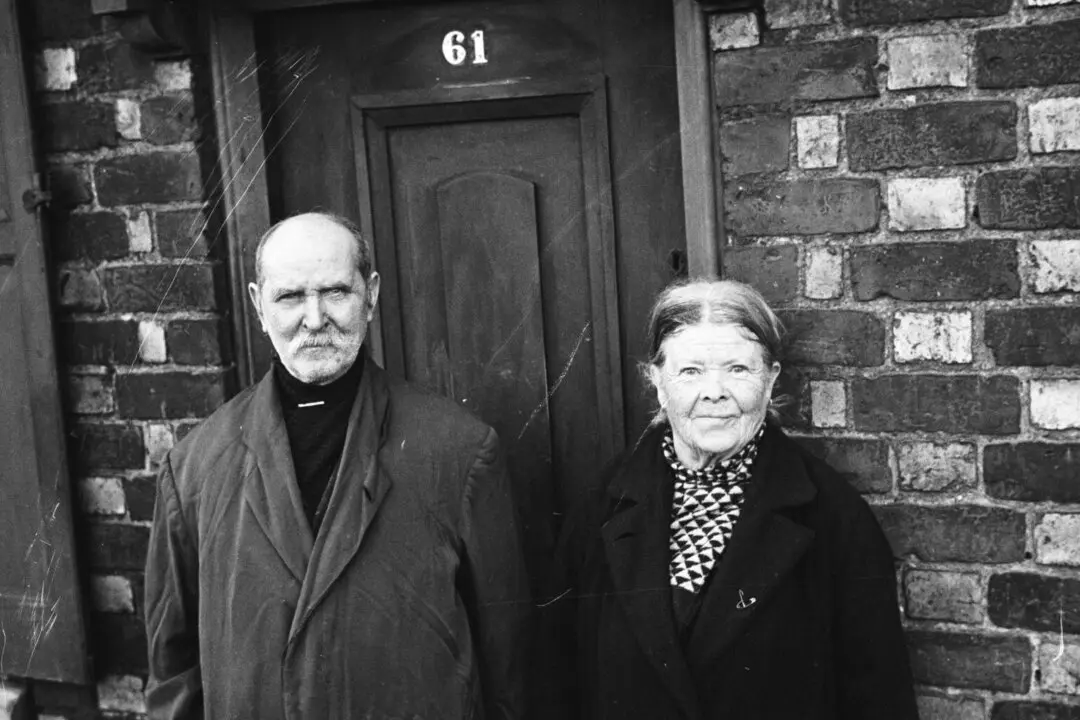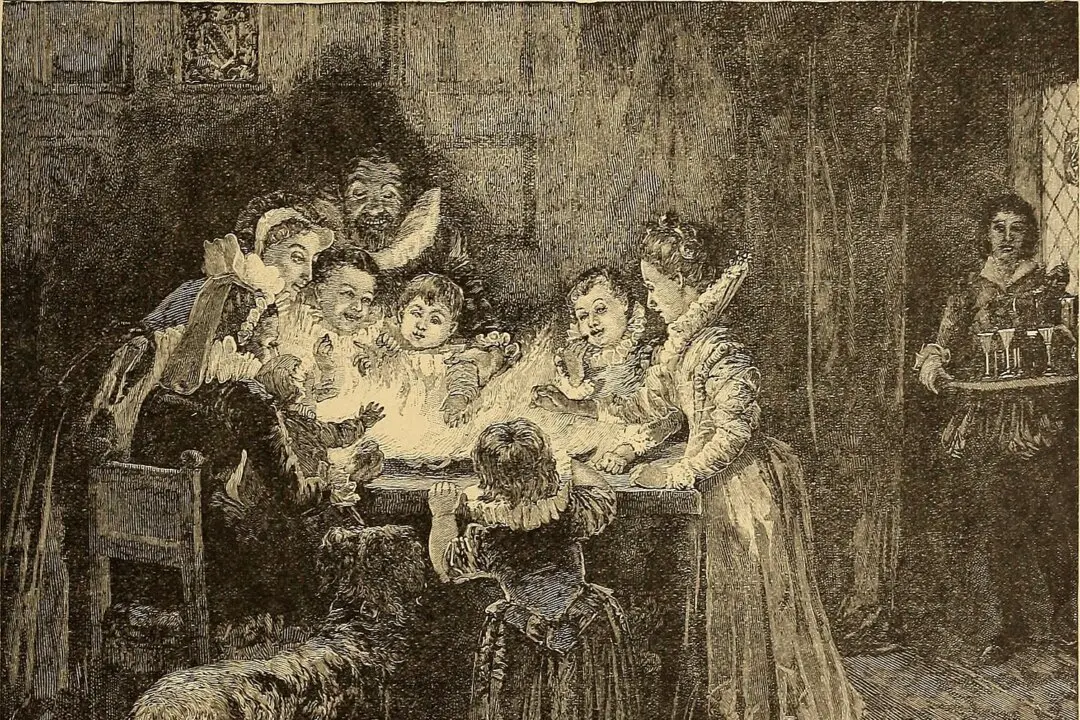The queen’s horse sent up plumes of dust from off the rocky, arid ground—a cloudy trail quickly torn away by the jealous wind—as she hastened to Avila. Not many queens would be willing to ride back and forth across the lonely, baked plains of Castile to personally gather troops in a desperate attempt to stave off invasion. But Queen Isabella of Spain was willing. And she did it while pregnant.
The need was dire, for King Afonso V of Portugal had challenged Isabella’s right to rule Castile, and he was fast descending on her lands with his army. Isabella, on the other hand, had no army—hence the queen’s daring attempts to scrape together forces to oppose Afonoso at the last minute. It worked—8,000 soldiers were recruited—though, tragically, she miscarried her son.






